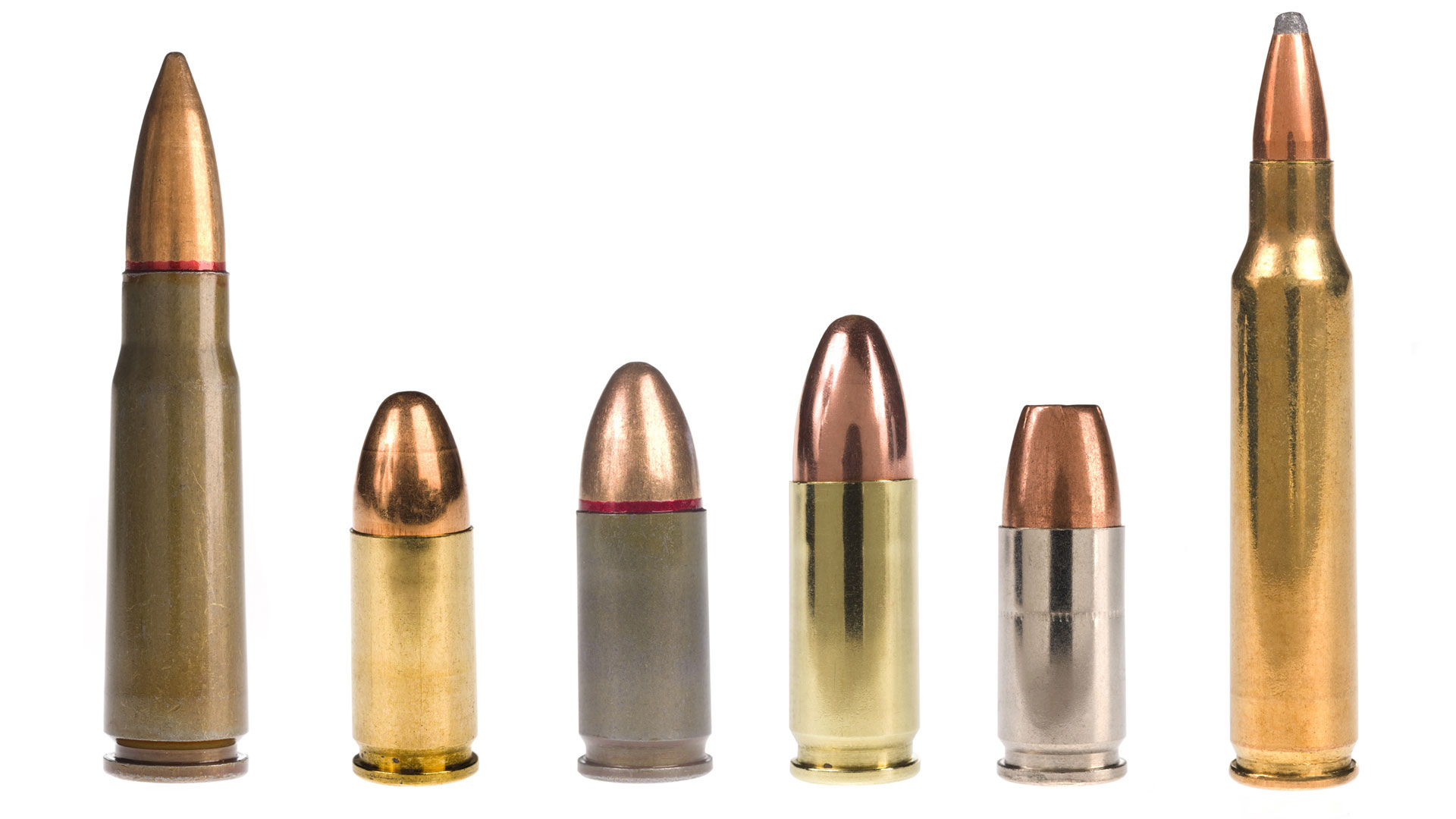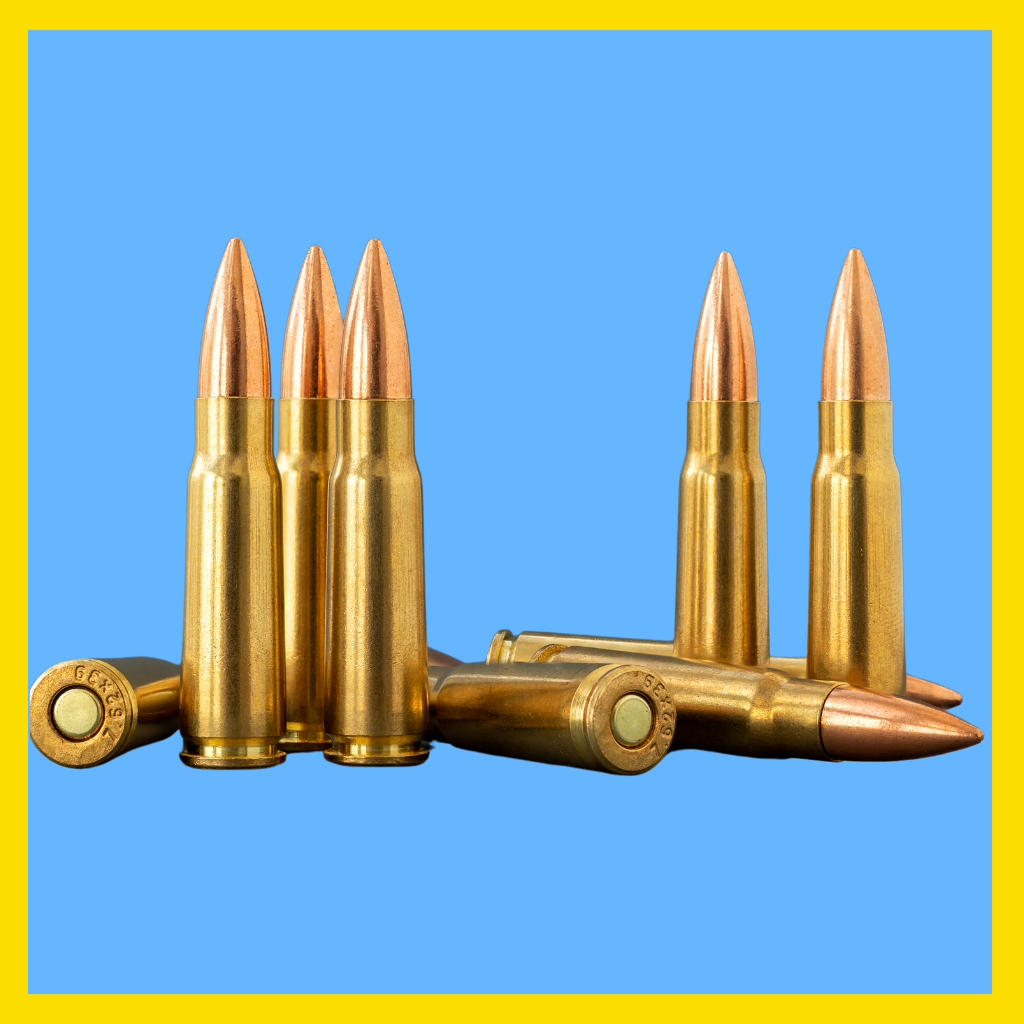Some Known Details About Ammunition Pro Llc
Table of ContentsThe 8-Minute Rule for Ammunition Pro LlcThe smart Trick of Ammunition Pro Llc That Nobody is DiscussingIndicators on Ammunition Pro Llc You Should KnowWhat Does Ammunition Pro Llc Do?Top Guidelines Of Ammunition Pro Llc
The fundamental parts of ammunition are the same for rifle, handgun, and shotgun ammo. Today we're looking at the what the basic components of ammunition are and just how they function with each other to fire a round.It houses the primer and powder. The bullet is seated in the open end of the case. When you discharge a bullet out of a semi-auto gun, the weapon's extractor raises the case from the shooting chamber and it flies out of the weapon. The instance is also often described as shells, brass, or cases.
A weapon's shooting pin strikes a cartridge's primer. The guide is a steel cup that holds an explosive chemical substance. When the firing pin strikes the guide cap, it squashes the priming substance versus the anvil. This creates a tiny surge in case that sparks the propellant. The guide lies in the edge of the instance of a rimfire cartridge.
Rumored Buzz on Ammunition Pro Llc
Both usual kinds of primers in centerfire cartridges are Berdan and Fighter guides. Gunpowder next to the instance that commonly includes it. Powder, likewise referred to as propellant or gunpowder, is a fast-burning chemical blend. The primer explosion sparks it. It is generally a combination of saltpeter, charcoal, and sulfur.

We call the projectiles for shotshells, which we terminate with shotguns, slugs and shot. Now that you have a basic understanding of the standard parts of ammo, you can really feel a little a lot more positive in just how your weapon and ammo function!.
How Ammunition Pro Llc can Save You Time, Stress, and Money.
Stay on par with Special Offers, Advance Notice of Sales, and Shop Occasions
Fun fact: Grains are used to define the mass of a bullet since all the way back in the very early days of guns, it was an apothecary's device of measurement, and a common denominator was required to establish just how much result in use to make cast lead bullets (Online Ammunition Store). 'Grains' as an unit of step for weight copulates back to ancient times, and represents the weight of a grain of wheat

(https://www.elephantjournal.com/profile/ammunitionprollc19901/)For recommendation, the weight of a paper clip is about 16 gr. So, we understand that grains are a measure of mass, and more = much heavier, and heavy is great, right? Yes, hefty is great, but mass of the projectile isn't the only point you require to think about when choosing a round for your weapon.
The Facts About Ammunition Pro Llc Revealed
This spin is created by grooves cut or inculcated the inside of the barrel, which are referred to as 'gunning'. Fun reality, this is the beginning of the term "Rifle" ex-spouse. A gunned musket vs. smoothbore musket. The effect this spin carries projectiles is a stabilizing one the bullet revolving keeps the nose pointed directly, in the exact same means that a flawlessly spiraled football toss is going to be much a lot more secure and precise in trip than a hideous duck, end over end toss.
Just how does this associate to grain weight? Imagine you're on one of those play ground slide carousels, the ones with bars you hold on to while it spins.
The same impact takes place with bullets. The larger the projectile, the even more effect a much faster spin will have on it.
The Buzz on Ammunition Pro Llc
There's another variable that we have to consider when choosing a grain weight for our ammo. As meant above, bullet speed, or the rate of the projectile, is a significant variable when determining the very best grain weight projectile to use. Velocity is affected by a few major elements, consisting of the type and amount of propellant (gunpowder), barrel length, and bullet weight.

The most usual grain weight rounds for 9x19mm cartridges are 115gr and 124gr. These are commonly lead core, fully jacketed (FMJ) rounds. Both of these grain weight cartridges will perform well in factory 9mm pistols, to regular pistol distances (approximately 50 yards). 115 grain rounds are the most usual (and as a result least costly).